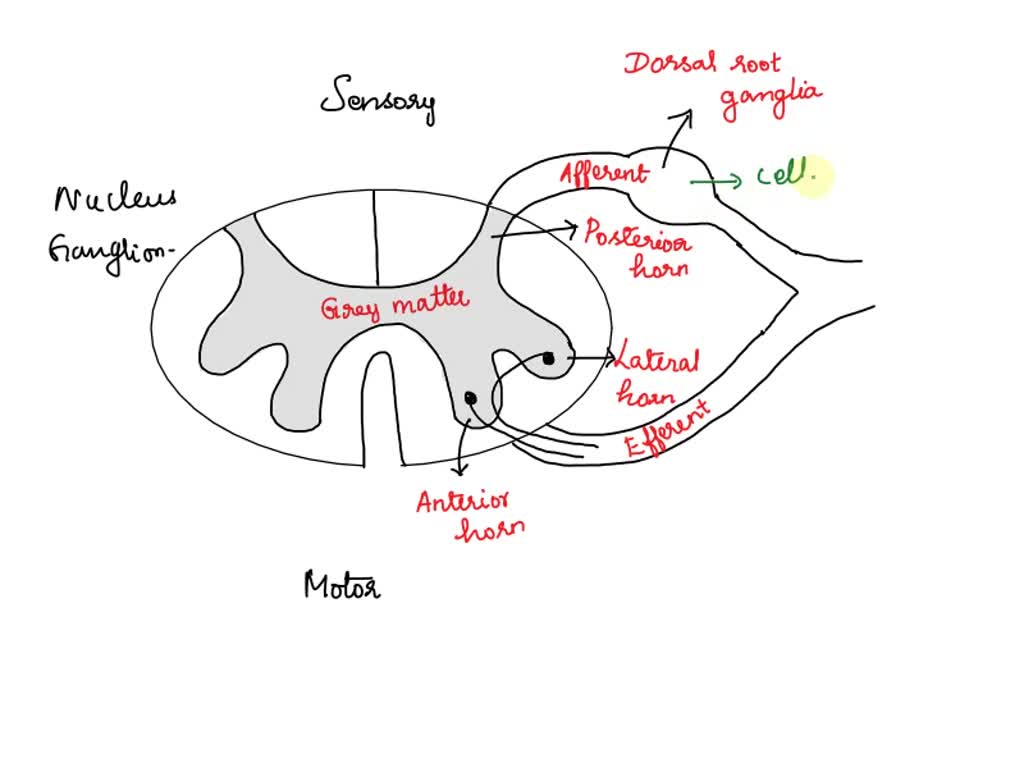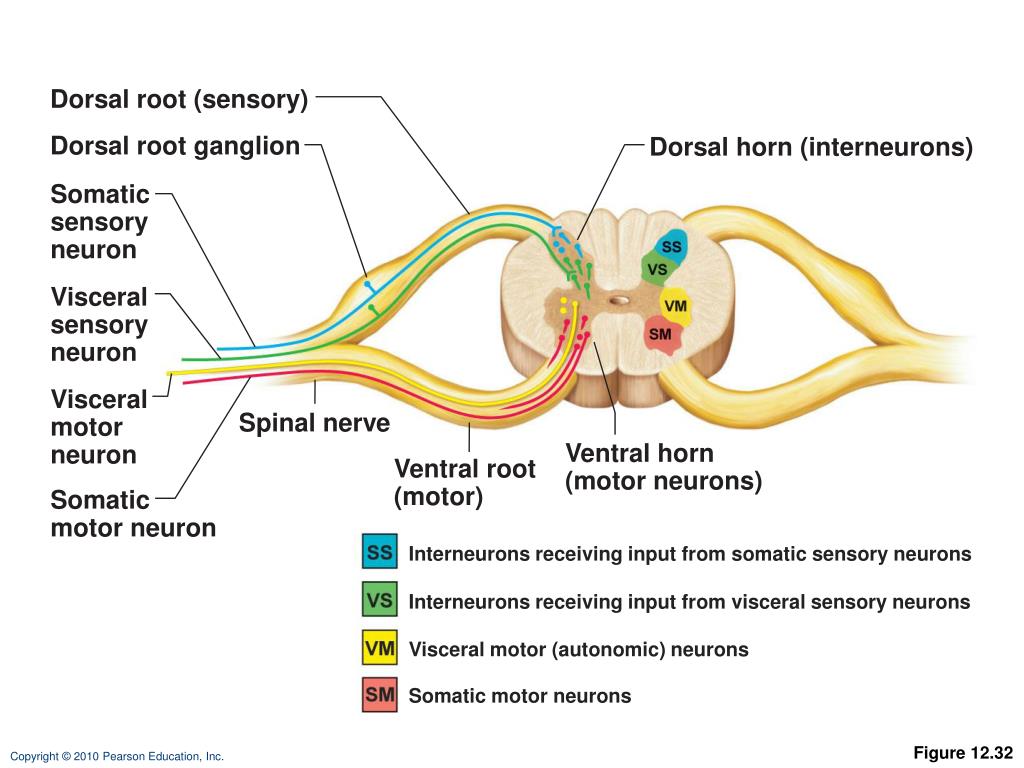

We will explore how it works along with the properties of various neurons. In this Science Chapter 7 Class 10 notes, we will be diving deep into the human body's control and coordination mechanism. Our brain and nervous system are more complex than the most advanced quantum computer. The human body is pretty complex, and when it comes to our nervous system, the complexity moves up to a whole new level. Neuronal polarity: An evolutionary perspective.Control and Coordination are the two most fundamental workings of the nervous system. Brain basics: The life and death of a neuron.35.2: Neurons and glial cells - neurons.You can learn more about how we ensure our content is accurate and current by reading our editorial policy. We link primary sources - including studies, scientific references, and statistics - within each article and also list them in the resources section at the bottom of our articles. Medical News Today has strict sourcing guidelines and draws only from peer-reviewed studies, academic research institutions, and medical journals and associations. Multipolar neurons occur throughout the CNS. Each neuron has one axon but multiple dendrites extending from the cell body.

Multipolar neurons are the most complex and commonly occurring type of neuron within the human body. Their presence in humans is limited, but they play an important role within the ears, nose, and eyes. Unipolar neurons do not occur in humans.īipolar neurons have one axon and one dendrite extending from the cell body. The axon splits up into dendrites at the ends.

Unipolar neurons are the simplest form, with one axon extending from the cell body. The arrangement of these components determines the type of neuron. These are the cell body, axons, and dendrites. Other forms, including pseudounipolar and anaxonic neurons, also exist. The three main types of neurons are unipolar, bipolar, and multipolar. Neurons are nerve cells that transfer information around the body, and some types form part of the CNS. However, they do have pseudounipolar neurons. A multipolar neuron only has one axon extending from the cell body, but multiple dendrites grow out of it, making transmitting information easier.A bipolar neuron has two completely independent structures extending from the cell body, one of which is an axon and the other a dendrite.



 0 kommentar(er)
0 kommentar(er)
